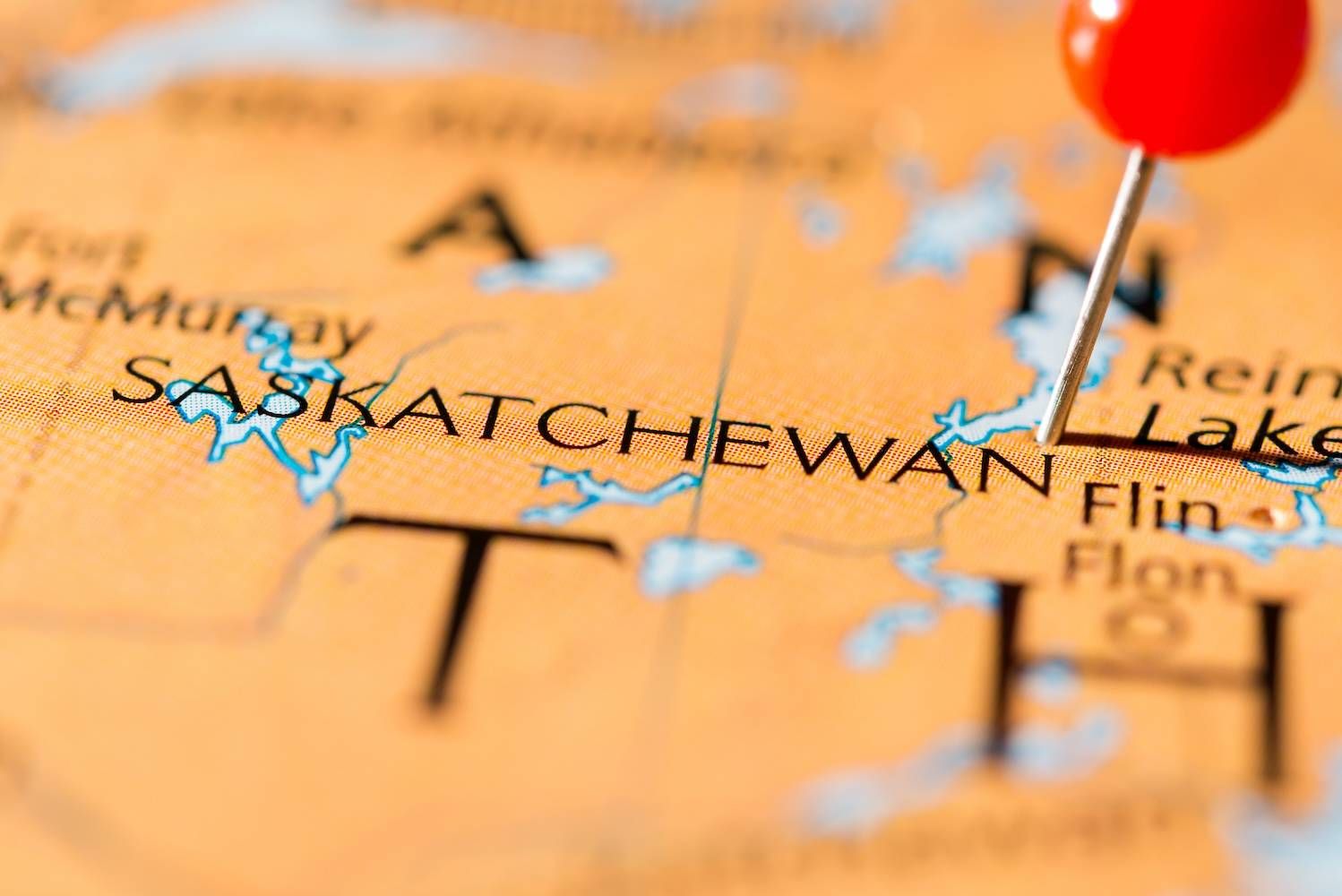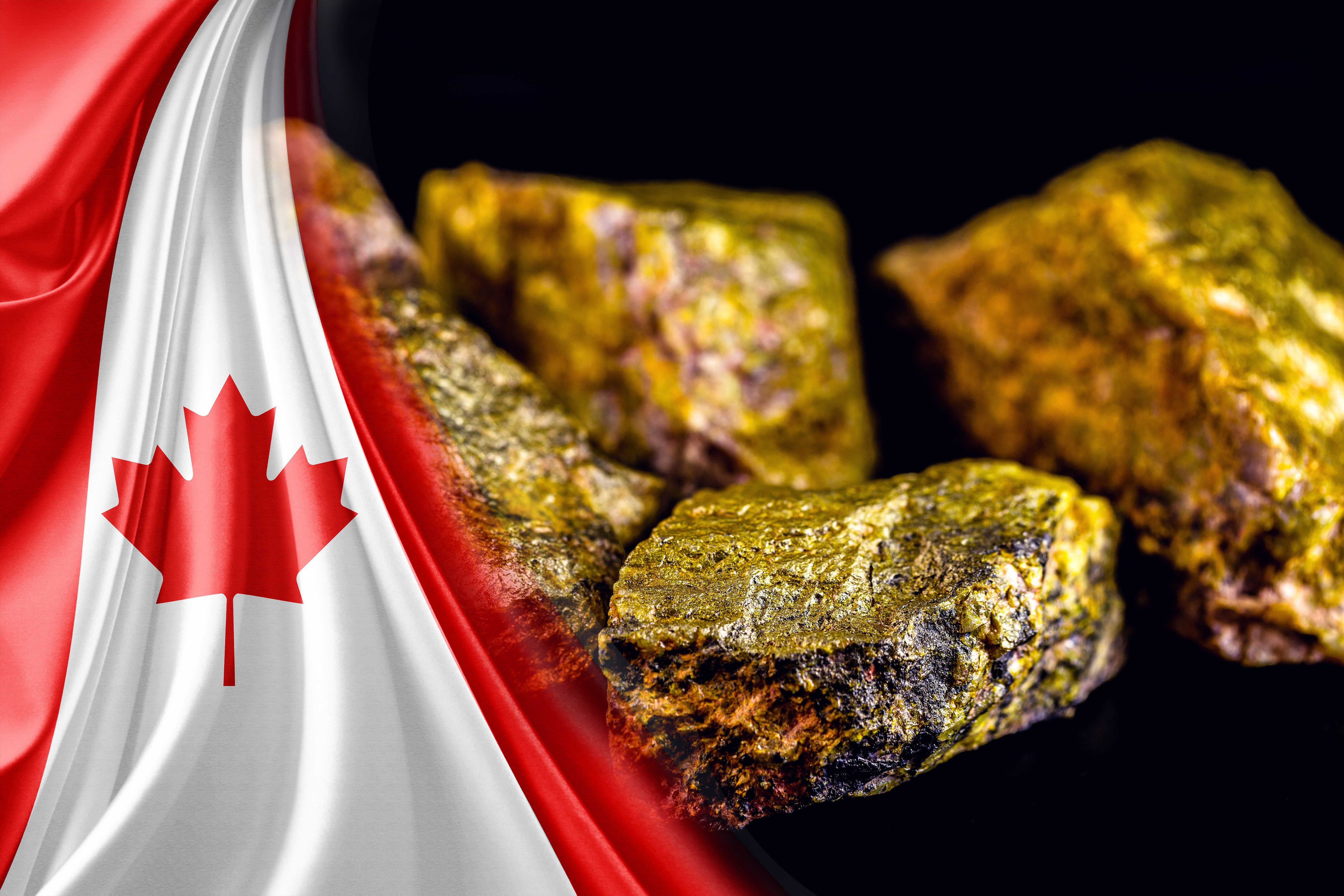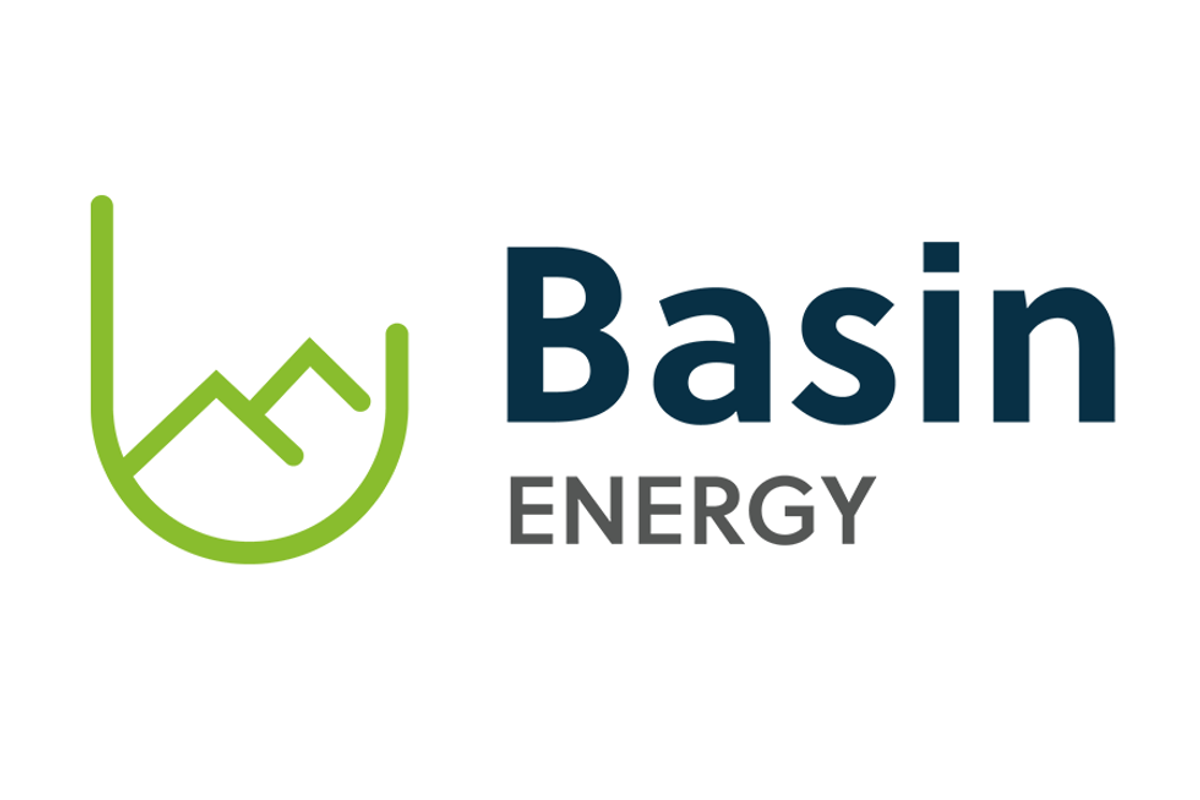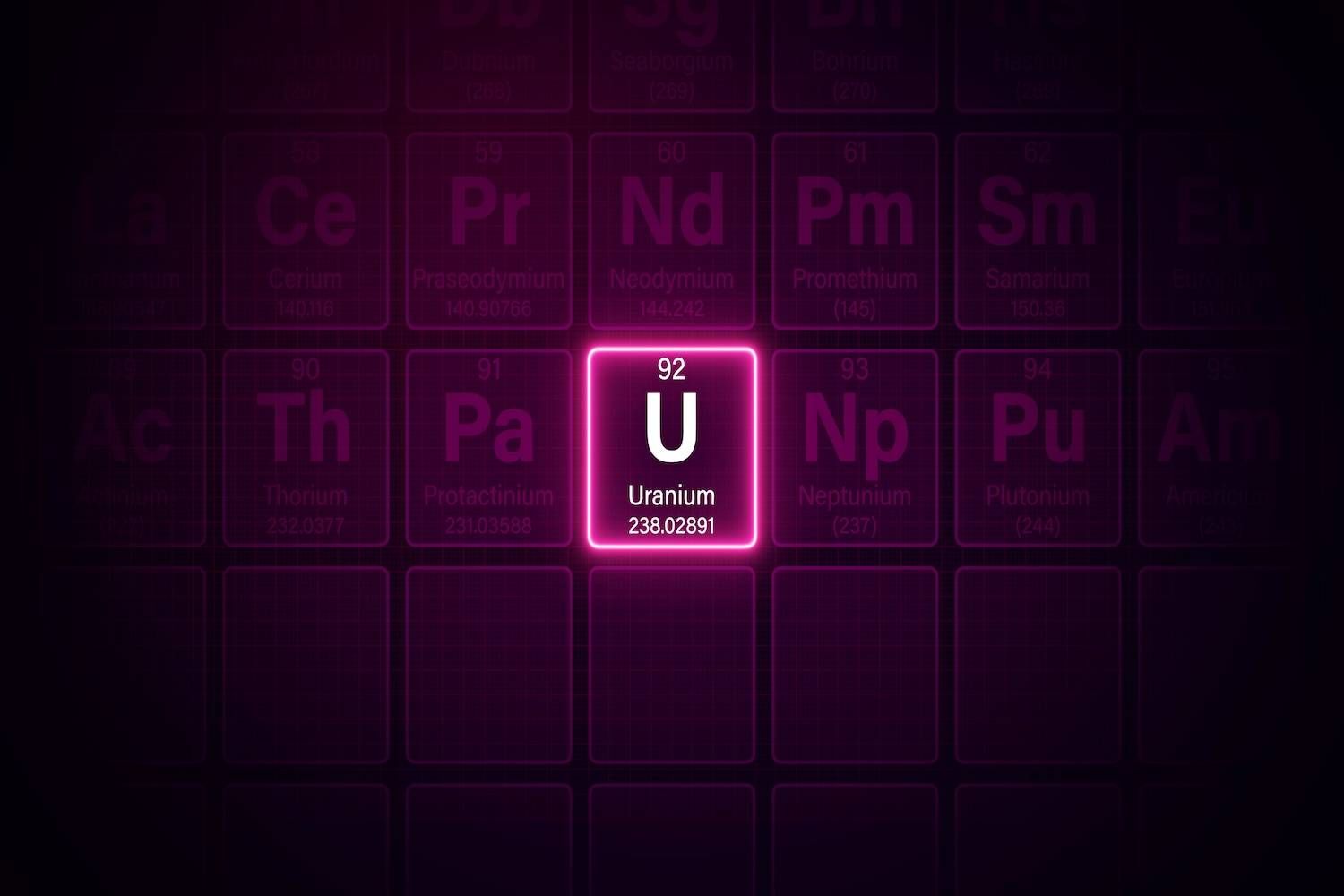
April 19, 2023
Cosa Resources (CSE:COSA) advances five uranium projects comprising more than 100,000 hectares of land within or proximal to Saskatchewan’s Athabasca Basin. Each project captures portions of highly prospective northeast trending uranium corridors and district-scale structural corridors, such as the Cable Bay and Grease River Shear Zones and the Larocque Trend.
Supported by a team of technically focused and successful geologists and mining executives, Cosa believes that a combination of new ideas and aggressive exploration in underexplored areas has the potential to yield the next Tier 1 uranium discovery.
 Cosa Resources Corp. Athabasca Basin Uranium Exploration Projects
Cosa Resources Corp. Athabasca Basin Uranium Exploration ProjectsCosa has strategically assembled a management team with a history of success in the Athabasca Basin. With well over a century of combined uranium experience, Cosa’s management team has been involved with several uranium discoveries in recent years. Chairman Steve Blower was part of the discovery team behind 92 Energy’s Gemini zone, IsoEnergy’s Hurricane deposit, and Denison’s Gryphon deposit. For his role in the Hurricane discovery, he was co-recipient of the AME 2022 Colin Spence Award for excellence in global mineral exploration, alongside fellow Cosa team members Andy Carmichael, Justin Rodko and Craig Parry.
Company Highlights
- More than 100,000 hectares of uranium assets proximal to the Athabasca Basin - the heart of the Canadian uranium mining sector
- Projects near to or within highly prospective northeast trending uranium corridors and district-scale structural corridors such as the Cable Bay and Grease River Shear Zones and the Larocque Trend
- 100-percent-owned Ursa property covers a large portion of the underexplored Cable Bay Shear Zone uranium corridor
- A management team comprised of technically focused and successful geologists and mining executives with a history of success in the Athabasca Basin
This Cosa Resources profile is part of a paid investor education campaign.*
Click here to connect with Cosa Resources (CSE:COSA) to receive an Investor Presentation
COSA:CC
The Conversation (0)
05 December 2023
Cosa Resources
Exploring Uranium Assets in the Prolific Athabasca Basin
Exploring Uranium Assets in the Prolific Athabasca Basin Keep Reading...
09 May 2024
Cosa Resources Announces Summer Exploration Plans for Athabasca Basin Uranium Projects
Cosa Resources Corp. (TSXV: COSA) (OTCQB: COSAF) (FSE: SSKU) ("Cosa" or the "Company") is pleased to announce its summer exploration plans for its portfolio of Athabasca Basin uranium projects.HighlightsDiamond drilling at Ursa to follow up positive winter drilling results and test second high... Keep Reading...
24 April 2024
Cosa Resources Announces Completion of Inaugural Diamond Drilling Program at the 100% Owned Ursa Uranium Project in the Athabasca Basin, Saskatchewan
Cosa Resources Corp. (TSXV: COSA) (OTCQB: COSAF) (FSE: SSKU) ("Cosa" or the "Company") is pleased to announce the completion of the winter 2024 diamond drilling program at its 100% owned Ursa uranium Project in the Athabasca Basin, Saskatchewan ("Ursa" or the "Property").HighlightsThree holes... Keep Reading...
05 March 2024
Cosa Resources Closes C$6.5 Million Private Placement
Cosa Resources Corp. (TSXV: COSA) (OTCQB: COSAF) (FSE: SSKU) ("Cosa" or the "Company") is pleased to announce that it has closed the brokered private placement previously announced by the Company on February 12, 2024, as upsized on February 13, 2024, for aggregate gross proceeds of C$6,500,816... Keep Reading...
04 March 2024
Cosa Resources Announces Commencement of Diamond Drilling at the 100% Owned Ursa Uranium Project in the Athabasca Basin, Saskatchewan
Cosa Resources Corp. (TSXV: COSA) (OTCQB: COSAF) (FSE: SSKU) ("Cosa" or the "Company") is pleased to announce that following completion of ground-based geophysical surveying, the Company has commenced diamond drilling at its 100% owned Ursa uranium Project in the Athabasca Basin, Saskatchewan... Keep Reading...
21 February 2024
Cosa Resources Acquires the Cosmo Uranium Property, Athabasca Basin, Saskatchewan
Cosa Resources Corp. (TSXV: COSA) (OTCQB: COSAF) (FSE: SSKU) ("Cosa" or the "Company") is pleased to announce the acquisition of the 100% owned Cosmo uranium property in the eastern Athabasca Basin, Saskatchewan ("Cosmo" or the "Property").Highlights12 contiguous mineral dispositions totalling... Keep Reading...
19 December
Ben Finegold: Uranium in 2026 — Price Outlook, Plus Stocks, Supply and Demand
Ben Finegold, head of research at Ocean Wall, shares his 2026 outlook for uranium supply, demand and prices, emphasizing that the nuclear energy story remains strong. While 2025 brought little movement in the spot price, he believes the stage is set for higher numbers. Don't forget to follow us... Keep Reading...
19 December
Denison, Skyharbour Finalize Saskatchewan Uranium Joint Venture Deal
Denison Mines (TSX:DML,NYSEAMERICAN:DNN) has closed a previously announced deal with Skyharbour Resources (TSXV:SYH,OTCQX:SYHBF) that repurposes a large block of uranium exploration ground surrounding Denison's flagship Wheeler River project in Northern Saskatchewan.The recent transaction... Keep Reading...
18 December
5 Best-performing Canadian Uranium Stocks of 2025
The uranium market moved through 2025 with less drama than the previous year, but the quieter tone masked a sector still tightening beneath the surface. After 2024’s surge to two-decade highs, in 2025, U3O8 prices traded in a narrower US$20 range in 2025, slipping to a low of US$63.71 in March... Keep Reading...
18 December
Resource Expansion Drilling Confirms 3,000 metres of New Uranium Trends with Best Drill Hole of 1.4 GT over 7.6 metres
Resource expansion drilling of 50 holes completed at Lo Herma as planned yielding significant mineralised extensions over 3km to the north of proposed Mine Units 1 and 2. Drilling delivered AMU’s strongest intercept to date ahead of 2026 MRE and Scoping Study updates at AMU’s flagship Lo Herma ISR Uranium Project in Wyoming’s Powder River Basin.
American Uranium Limited (ASX:AMU, OTC:AMUIF) (American Uranium, AMU or the Company) is pleased to advise that 2025 resource expansion drilling at its Lo Herma ISR uranium project in Wyoming’s Powder River Basin (Lo Herma, the Project) has been completed according to plan with the drilling of 50... Keep Reading...
17 December
Completes phase one drilling and expands Sybella-Barkly
Basin Energy (BSN:AU) has announced Completes phase one drilling and expands Sybella-BarklyDownload the PDF here. Keep Reading...
17 December
Top 5 Uranium News Stories of 2025
Uranium prices stayed fairly steady in 2025, but experts agree its long-term outlook is compelling, Demand picked up from reactor restarts, new nuclear construction projects and growing interest in small modular reactors. Meanwhile, supply constraints continued as miners faced issues ramping up.... Keep Reading...
Latest News
Interactive Chart
Latest Press Releases
Related News
TOP STOCKS
American Battery4.030.24
Aion Therapeutic0.10-0.01
Cybin Corp2.140.00






